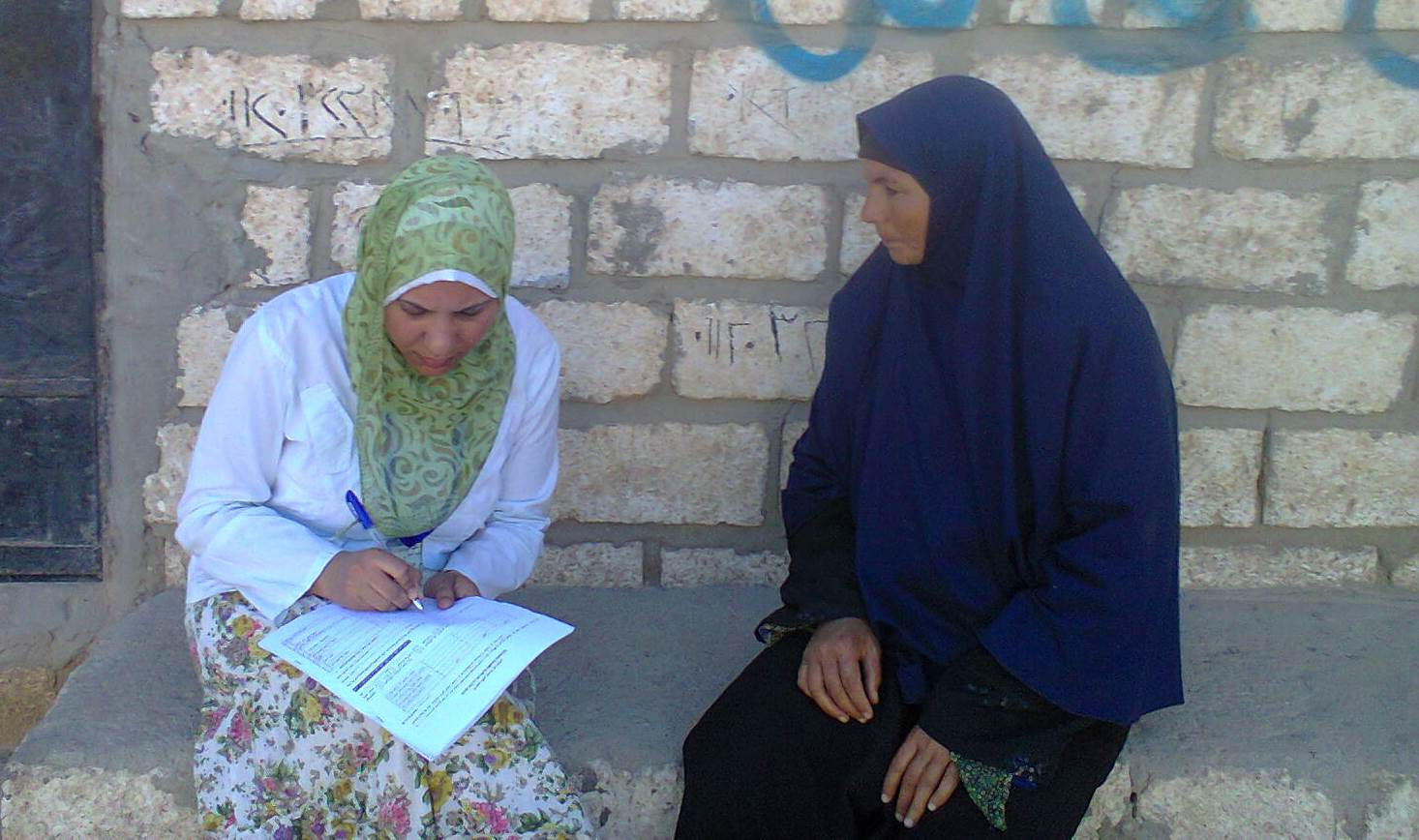Baseline Survey
Description
UNIDO on the rationale behind the HAYAT project:
The deterioration of the Egyptian economy in the aftermath of the 2011 Arab spring uprisings is having a severe impact on the economic security of communities in rural Upper Egypt, pushing the most vulnerable groups – youth, women, and children – to slide deeper into poverty and exclusion. Decreasing incomes at the household level have repercussions on food and health security (hunger, unsafe food, malnutrition, decreased access to basic health care), as well as on personal and community security (crime, domestic violence, and child labor).
On the HAYAT project objectives, UNIDO reports:
The project is working to strengthen the economic security of vulnerable communities in five mother villages and selected satellite villages in the vulnerable districts of El Edwa and Maghagha, both in the Minya governorate. The idea is to promote the sustainable employability of the local labor force, while contributing to mitigate threats to environmental, personal, community, and food security. The project capitalizes on the combined resources of UNIDO, ILO, IOM, UN Habitat, and UN WOMEN, working through local government, civil society, partners, and community structures to serve at least 18,000 beneficiaries. The project supports target communities to become more resilient, self-reliant, and inclusive.
The baseline study aims to inform project stakeholders on the project’s achievements after the project’s completion, as well as to provide an overview on the targeted population versus other non-target groups. As with any baseline, the study generates key project benchmarks to compare project results with at the end of the project.
The overall objective of the Baseline survey is to provide the project with solid, valid, detailed and comprehensive baseline data to enable a mid-term and a long term evaluation based on a “before and after comparison” as well as provide an overview on the targeted population versus other non-target groups.
Services
- Literature Review
- Mapping Exercise: 29 villages in Minya Governorate, Egypt
- Quantitative Survey (2500 questionnaires)
- Qualitative Survey (10 FGDs)


